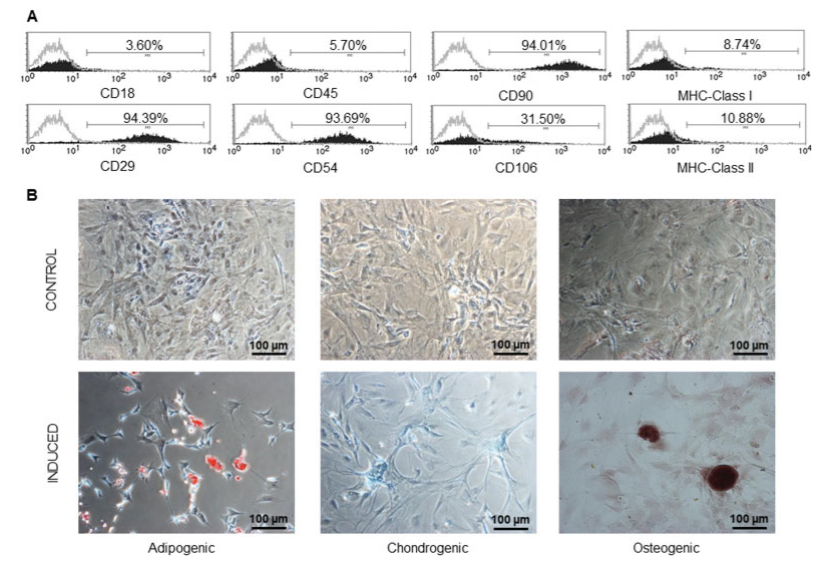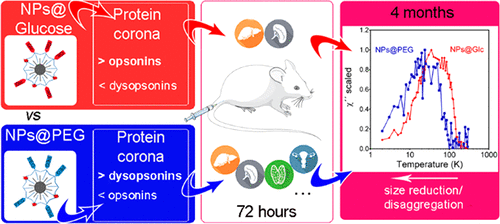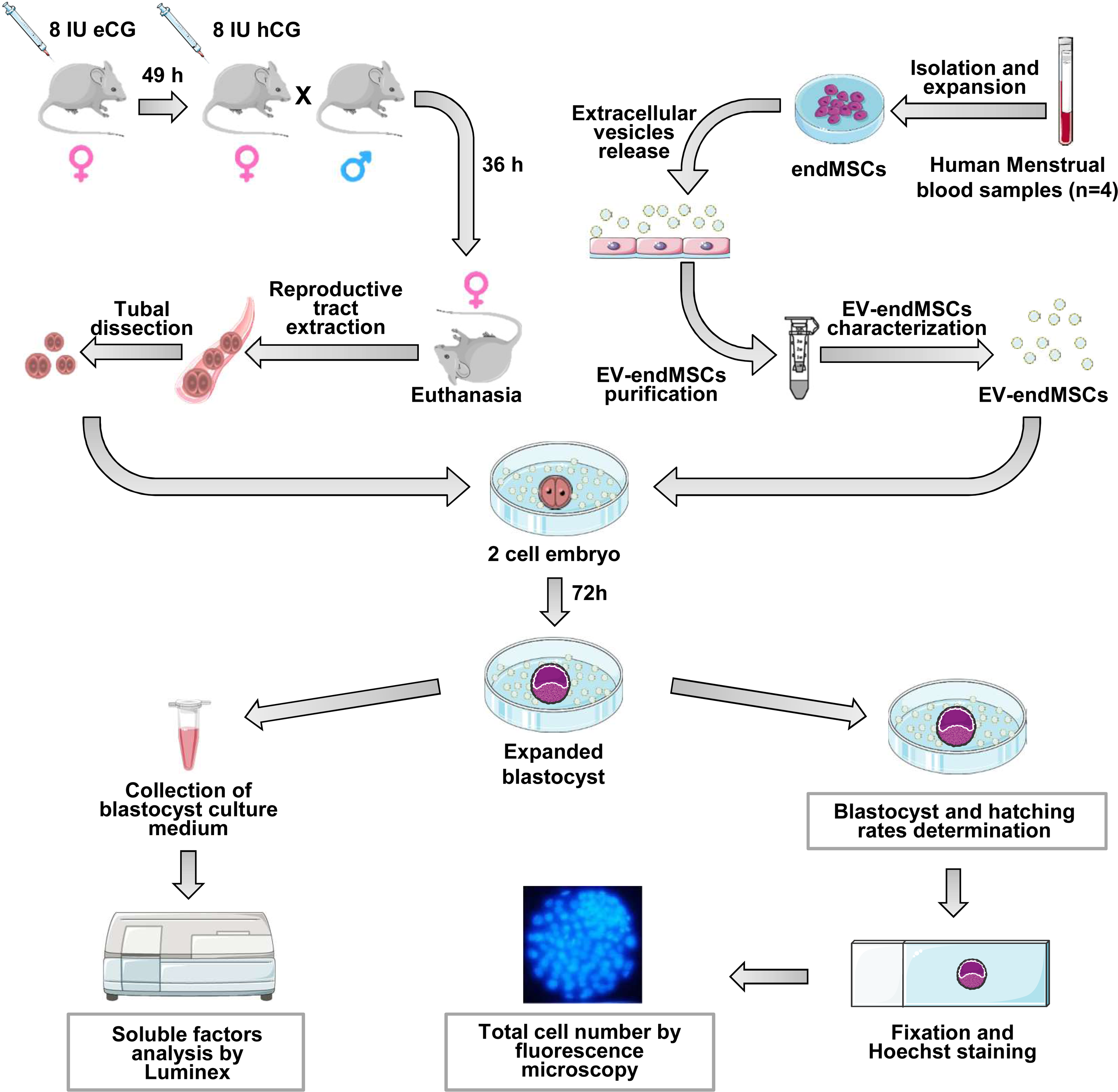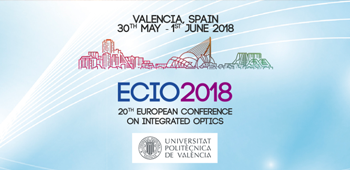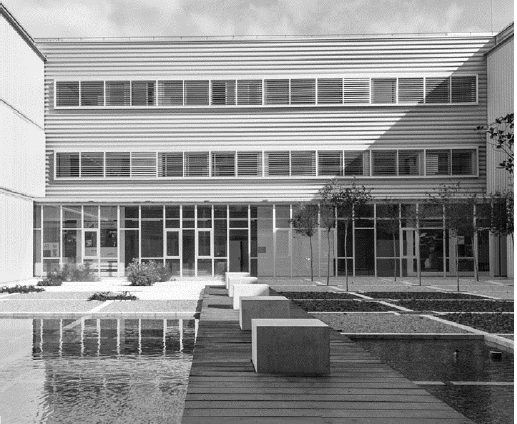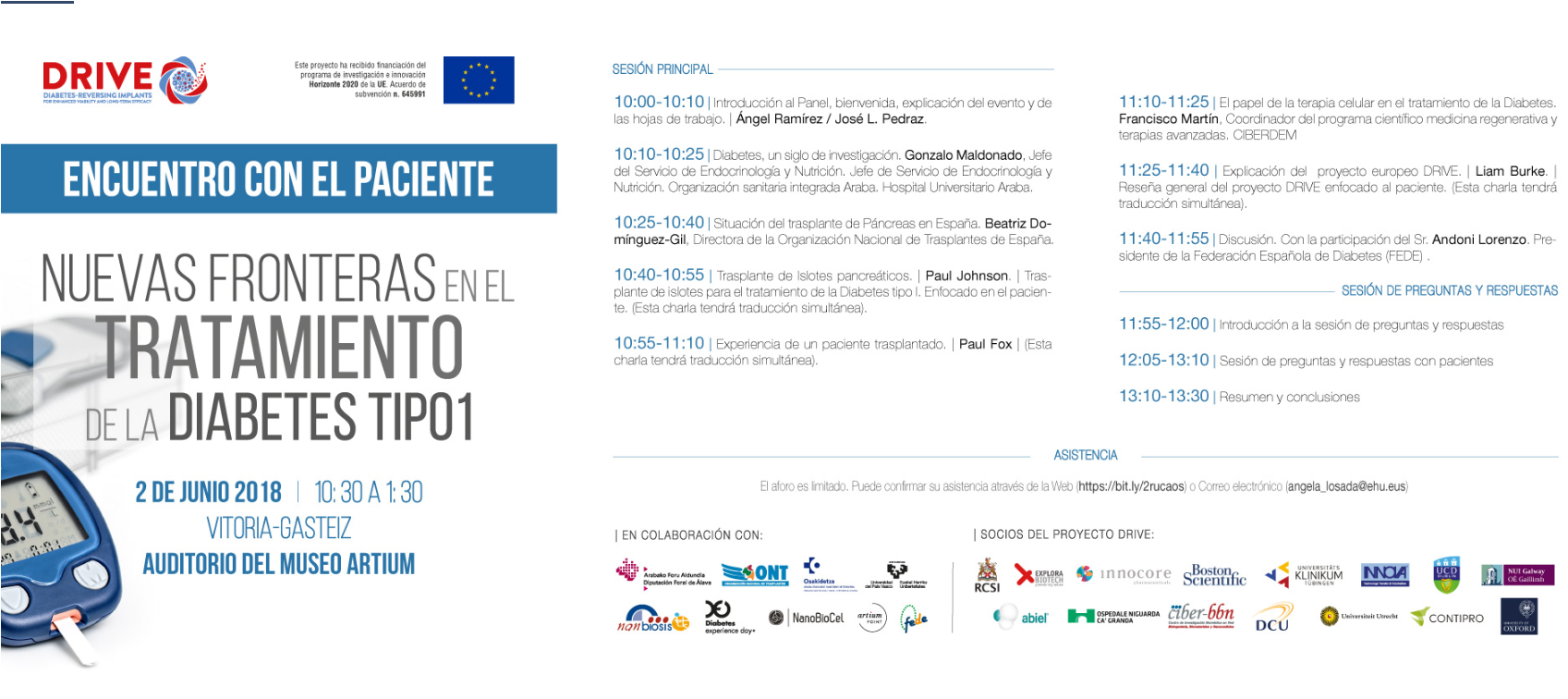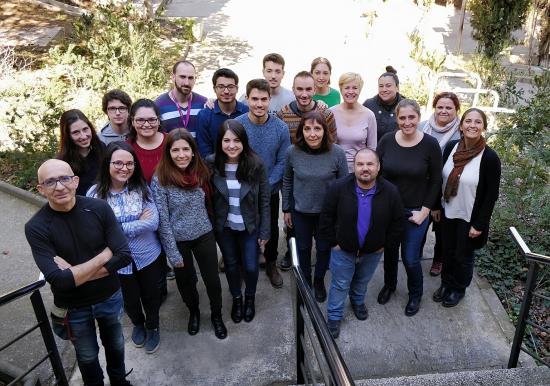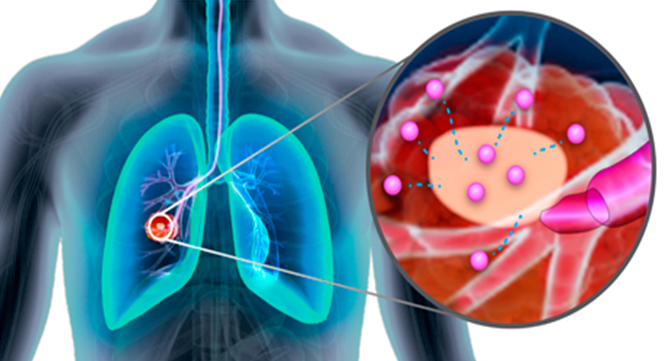Adipose-Derived Stem Cells Ameliorates Ischemia-Reperfusion Injury in a Rat Skin Free Flap Model
Francisco Miguel Sánchez Margallo, Scientific Director of CCMIJU and Javier García Casado, Scientific Director of NANBIOSIS U14, Cell Therapy Unit, are co-authors of the publication “Adipose-Derived Stem Cells Ameliorates Ischemia-Reperfusion Injury in a Rat Skin Free Flap Model”
The study was performed with the participation of the following NANBIOSIS Units: U21-Experimental operating rooms, U22-Animal housing, and U14-Cell Therapy
Article of reference: DOI: 10.1055/s-0038-1648246
Ballestín A, Casado JG, Abellán E, Vela FJ, Álvarez V, Usón A, Blázquez R, Sánchez-Margallo FM, J Reconstr Microsurg. 2018 May 3. [Epub ahead of print]
